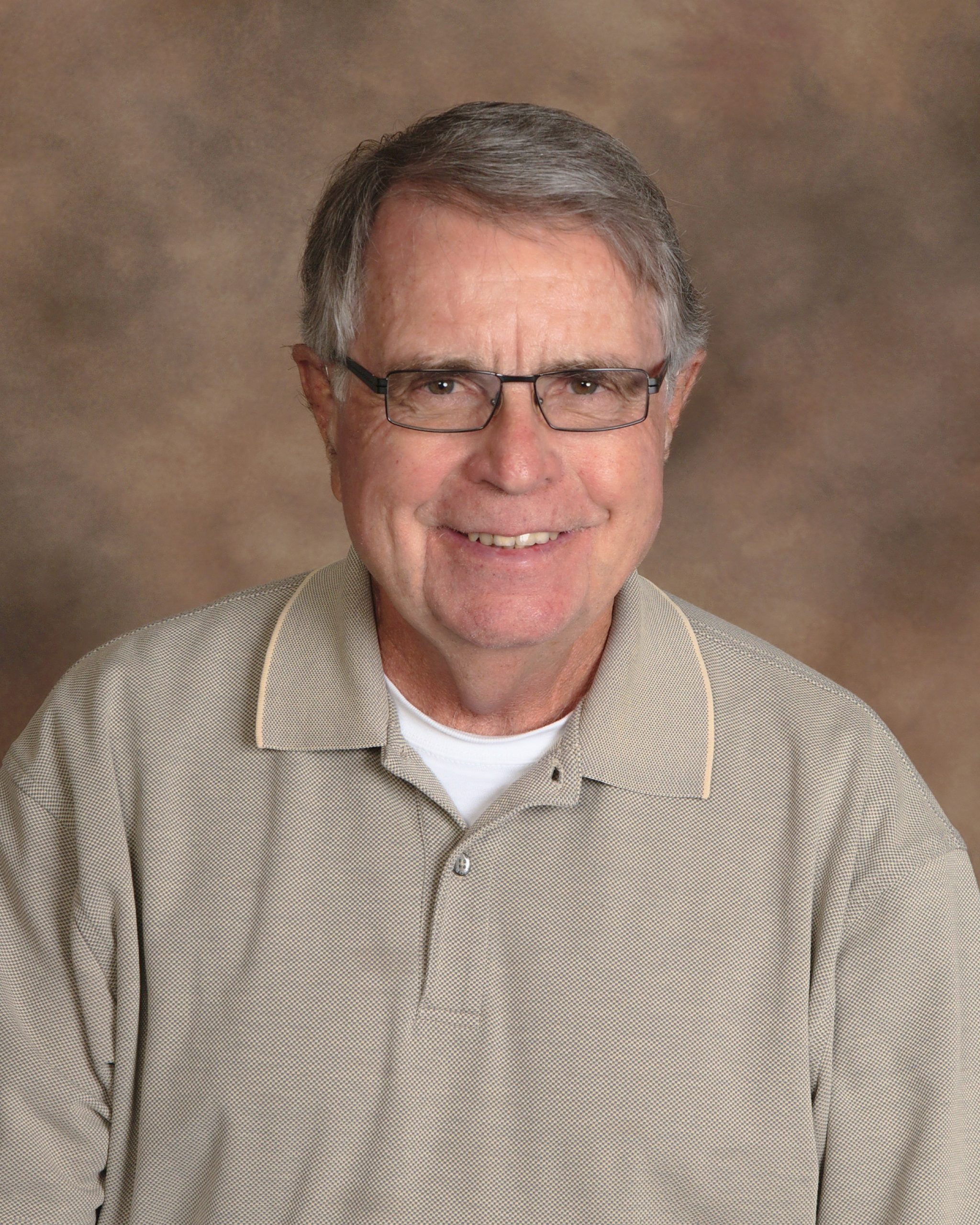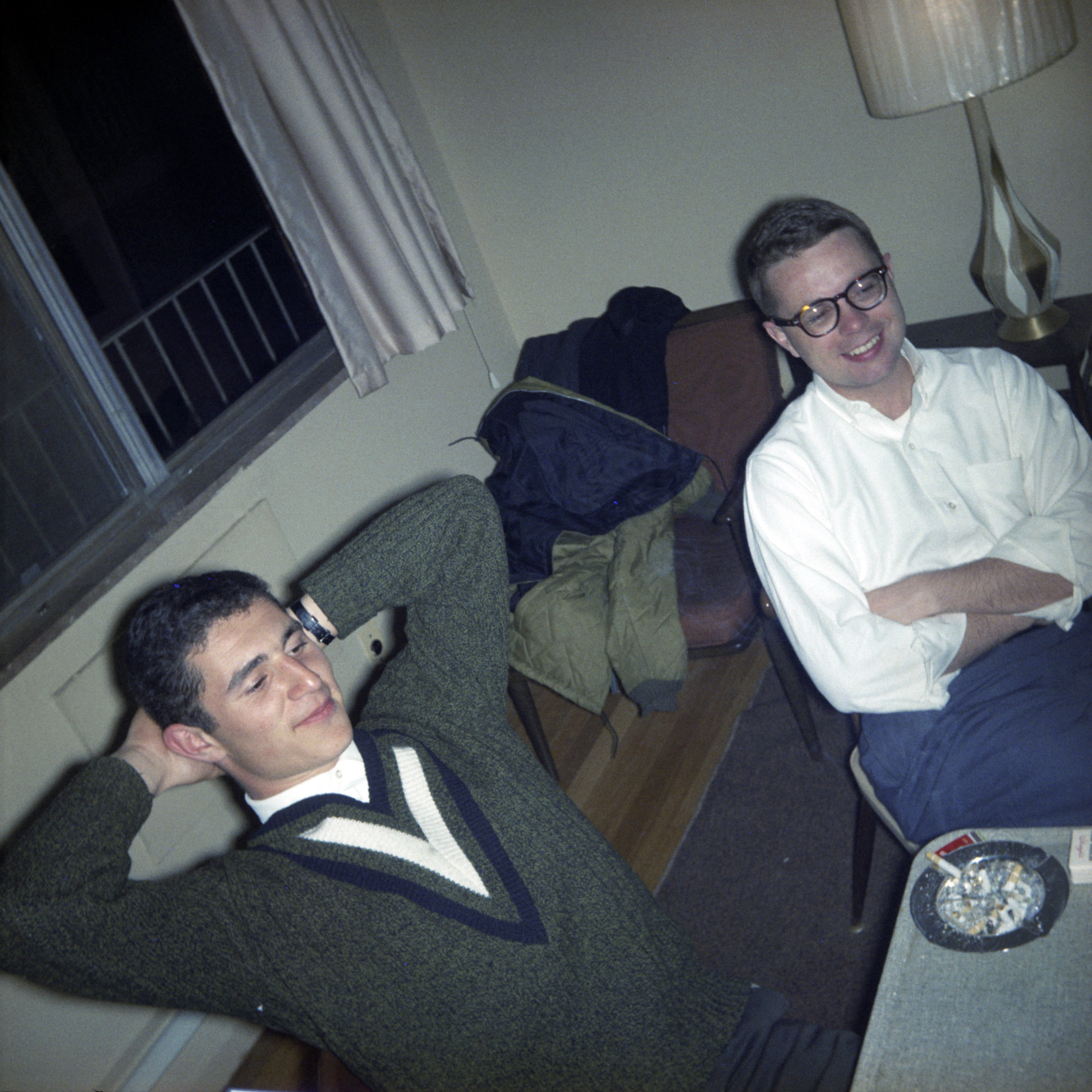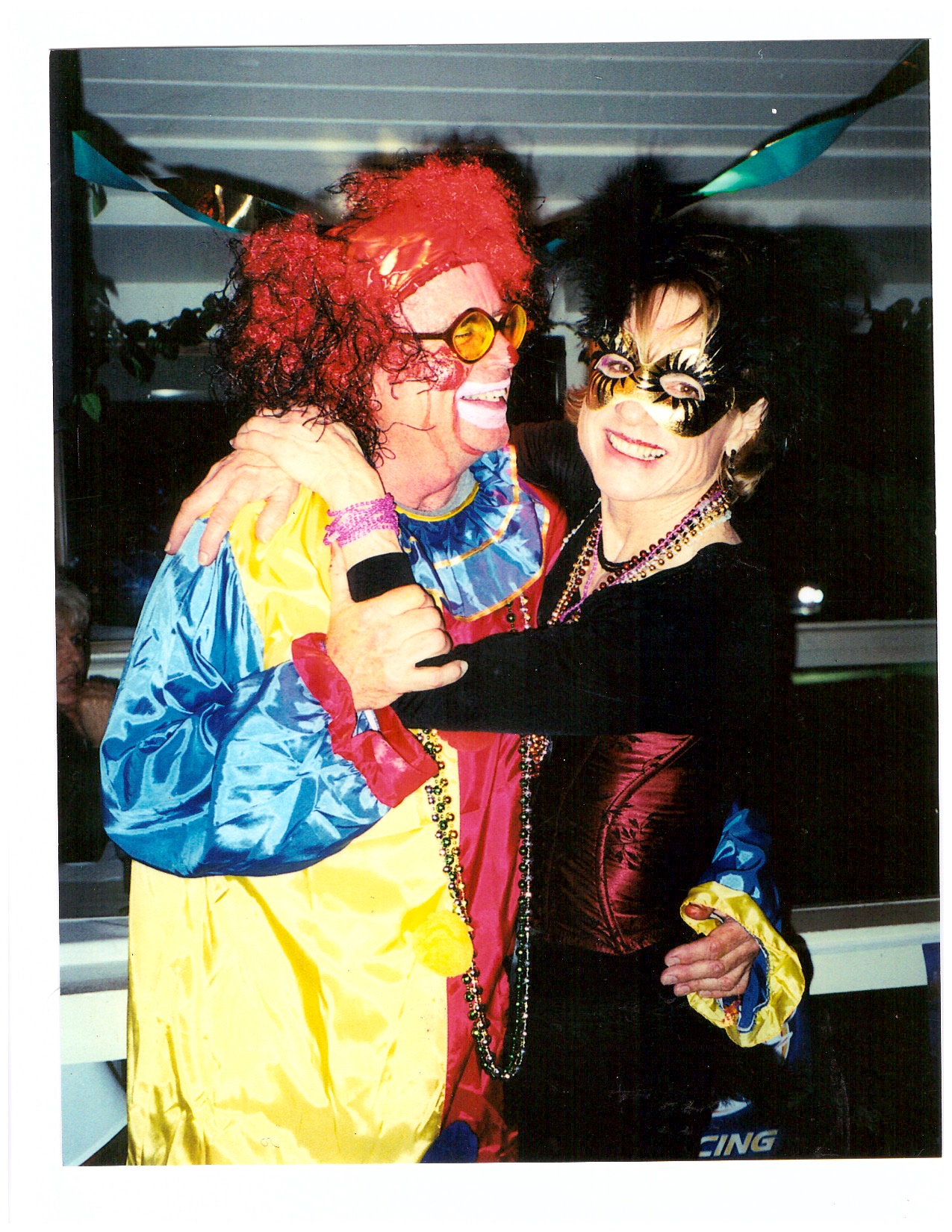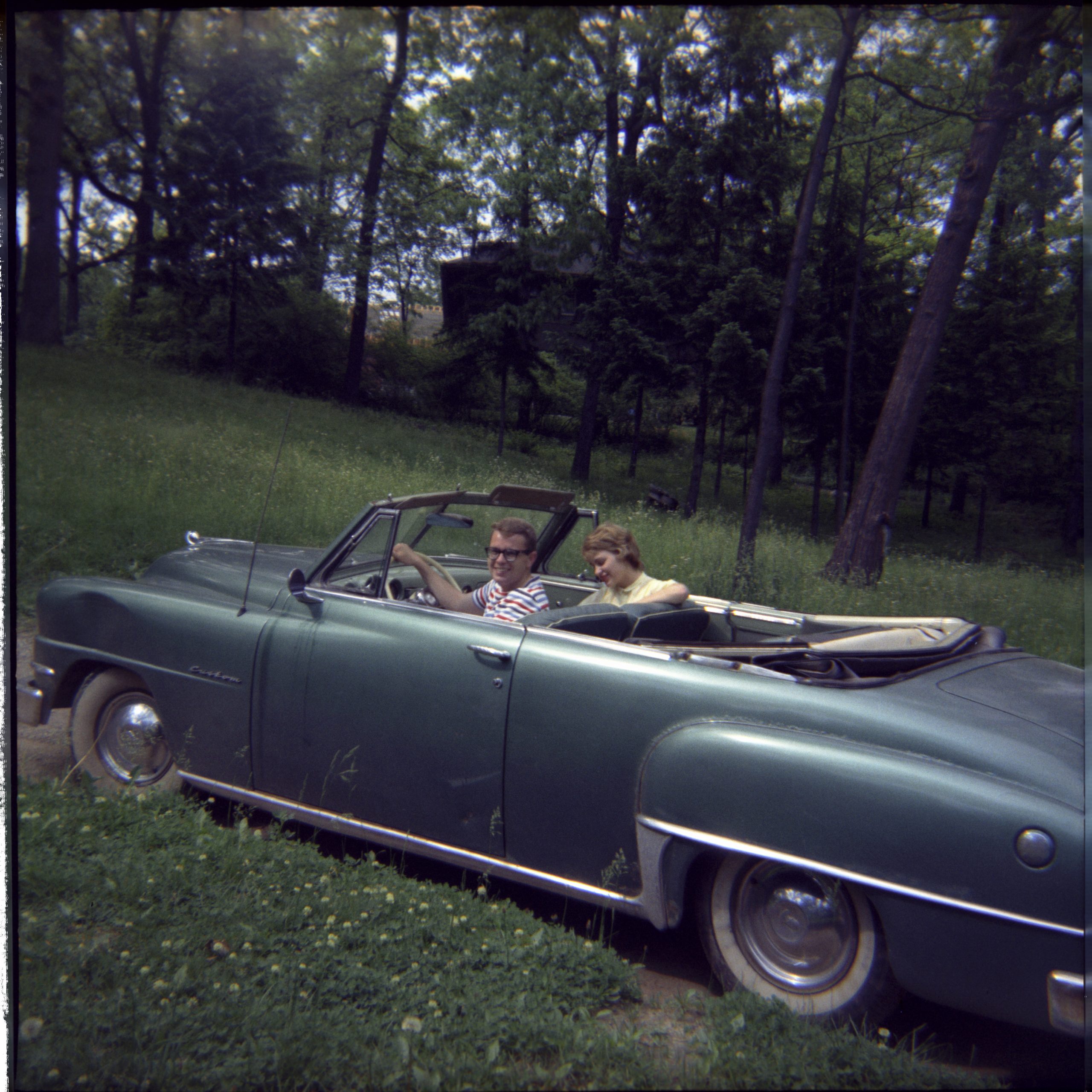News
David Falconer ‘62: Delta Chi Biography
 David Falconer ‘62
David Falconer ‘62
Delta Chi Biography
February 8, 2022
My years in Ann Arbor and my time at Delta Chi were exciting, maturing, and life changing. I enjoyed four wonderful years of brotherhood on Hill Street, never once experiencing the loneness of a large, impersonal university, as did so many of my high-school friends. As chapter ‘D’, I learned about the management of living quarters and the handling of other-people’s money—and the intricacies of apartment ownership and management. And, as ‘E’, I learned about generating and delivering communications, both to actives and alums. I also learned how business meetings are properly and effectively conducted, polices introduced and promoted, and politics arise and are played. I was particularly mentored by Gerald MacDonald BA ‘61, who would become CEO of Comerica, and Barry Wood BA ‘61, who would become a country lawyer and mayor of Ukiah, California
After four years as an undergraduate at UofM and three-and-one half years as a member of DX fraternity, I graduated with a bachelor degree in physics, with minors in mathematics and English literature (Shakespeare mostly). I applied to a number of graduate schools, but eventually decided to remain in Ann Arbor, because my girlfriend at the time had another year until graduation, because I enjoyed a high-paying job at UofM’s Institute of Science & Technology (IST), and because I liked living/dining in the DX house, even as a graduate student. I completed my master’s degree in optical physics and married Alice Nissley, a Delta Gamma, in 1965, leaving active fraternity life at that time.

In 1966 I began my doctoral studies in Ann Arbor and in 1967 carried out its experimental work at Argonne National Laboratory outside Chicago. This work entailed the collection of one million bubble-chamber photographs of proton-antiproton collisions at Argonne’s Zero Gradient Synchrotron (ZGS). These images were brought back to Ann Arbor and twice scanned by undergraduate students working 24/7 over a period of 18 months. This effort resulted in the discovery of the U(2345) particle, a comparatively heavy, but short-lived boson, one of the many particles identified by members of UofM’s physics department in the ‘60s and ‘70s.
In 1969 I graduated from Michigan with a PhD in particle physics. My thesis advisor recommended that I take post-doc at Stanford’s Linear Accelerator Center (SLAC). However, after much review, I decided academic life entailed too much poverty, so I hired on as research physicist at nearby Stanford Research Institute (SRI). At SRI, I did contract research for government agencies and civilian organizations at the institute’s Sensory Sciences Laboratory (SSL), Artificial Intelligence Center (AIC), and Remote Measurements Laboratory (RML), until my retirement in 2000.
 The ‘70s stock market was mostly listless and endlessly disappointing. However, Silicon Valley real estate was on a tear, owing to the rise of Fairchild Semiconductor, Applied Materials, Intel and others. Home prices were increasing at 1% per month. With a 20% down payment, an investment in a single-family home offered five-fold leverage of the invested money. The math was far easier than that for Quantum Electro-Dynamics (QED), and the return on investment clearly astronomical. So, I jumped in with the purchase of two townhouses in Menlo Park in 1974. Several years later I traded the townhouses for apartment buildings in Menlo Park and Sunnyvale. And, I continue owning and managing income properties till this day.
The ‘70s stock market was mostly listless and endlessly disappointing. However, Silicon Valley real estate was on a tear, owing to the rise of Fairchild Semiconductor, Applied Materials, Intel and others. Home prices were increasing at 1% per month. With a 20% down payment, an investment in a single-family home offered five-fold leverage of the invested money. The math was far easier than that for Quantum Electro-Dynamics (QED), and the return on investment clearly astronomical. So, I jumped in with the purchase of two townhouses in Menlo Park in 1974. Several years later I traded the townhouses for apartment buildings in Menlo Park and Sunnyvale. And, I continue owning and managing income properties till this day.
In California, I continued my connection with DX fraternity. The Stanford University chapter of Delta Chi, like so many others, was a casualty of the Viet Nam War and the ‘70s counter-culture. However, its alums remained cohesive and active—and welcomed me to their football tailgates, summer picnics, and dinner parties. Later I played a significant and on-going role, along with UofM alum, Craig Nastanski ’97, in the successful re-colonization of Abracadabra Chapter at Cal Berkeley in 2001.

At its 2009 reunion the Michigan Chapter of Delta Chi honored its ‘60s alumni. Prior to the reunion Frank Morrey ’64 and I played Michigan’s Blue Course, followed by a beer and dinner—and autopsies of our respective golf games—at the Jolly Pumpkin Café and Brewery on Main Street in downtown Ann Arbor. Eventually, we got to talking about the disgraceful state of the chapter’s 100-year-old fraternity house, how embarrassed we were to bring our wives into it, and how guilty we felt about asking the actives to live there. More seriously, we were convinced that the current house was unsalvageable, that the active chapter would not survive without a new chapter house, and that the time was of the essence in getting a new house financed and built. We realized that a fund-raising campaign would require competent leadership. Our thinking settled immediately upon Howard Gandelot ‘64, because he had earlier expressed interest in the new-house project, was a former ‘A’, and had been a great project manager while working for Procter & Gamble. Meanwhile, Keith Hellems ‘62, also a former ‘A’, had been assembling and distributing pictures and documents about the Michigan chapter, generating much alumni interest, enthusiasm, and communication. So, the three of us invited Keith to join the fundraising team. After four years on concerted work, the “fundraising quartet”, as the team became known, raised the $1.1M needed to construct the new fraternity house at 1705 Hill Street.
 In 2019 I contacted David W. Gerdes, the chair of the UofM Physics & Astronomy Department about the possibility of endowing a professorship in his department. Such professorships require a $5,000,0000 endowment to cover cost of the professorship in perpetuity. However, the university will put up half the money if the doner agrees to supply the other half. After several trips to Ann Arbor and a remarkable amount of paperwork, I signed agreement to fund my portion of the endowment on my passing and settlement of my estate. The endowment will be used to create a faculty professorship named the David Falconer Professorship (“Professorship”) in the Physics Department of the College of Literature, Science, and the Arts. The initial purpose of the endowed professorship is to provide academic support for the study of particle physics and/or cosmology, both theoretical and experimental.
In 2019 I contacted David W. Gerdes, the chair of the UofM Physics & Astronomy Department about the possibility of endowing a professorship in his department. Such professorships require a $5,000,0000 endowment to cover cost of the professorship in perpetuity. However, the university will put up half the money if the doner agrees to supply the other half. After several trips to Ann Arbor and a remarkable amount of paperwork, I signed agreement to fund my portion of the endowment on my passing and settlement of my estate. The endowment will be used to create a faculty professorship named the David Falconer Professorship (“Professorship”) in the Physics Department of the College of Literature, Science, and the Arts. The initial purpose of the endowed professorship is to provide academic support for the study of particle physics and/or cosmology, both theoretical and experimental.
David and his partner of some 20 years, Bonney, are both retired and living in a detached home in Portola Valley CA. They spend much of their time cycling and golfing around the Bay Area and visiting their ski cabin in Truckee CA. They also attend local plays and musicals. Their holidays are mostly spent with the kids and grandkids. David’s son, Derek (b. 1980), earned a degree in electronic engineering from UCSD, and now works for General Atomics as an airframe project manager. He married his wife, Lauren, in 2005. They live in Point Loma, California, and are raising three sons, Jude (b. 20130, Cy (b. 2015), and Rhys (b. 2021). David’s daughter, Julie (b. 1982), has a degree in international relations from at Brown University and worked as an intern at Goldman-Sachs in San Francisco. She and her Google boyfriend moved to London in 2005, but later went their separate ways, with Julie remaining in London. Incredibly, Julie was selected as the Face of Ascot in 2009. Today, she remains single, writes articles for airline magazines, and organizes European conferences for Londoners. Bonney’s son, Ian (b.1981), lives and works in Eureka CA, but is employed as a full-time data analyst by a San Francisco advertising agency. 

